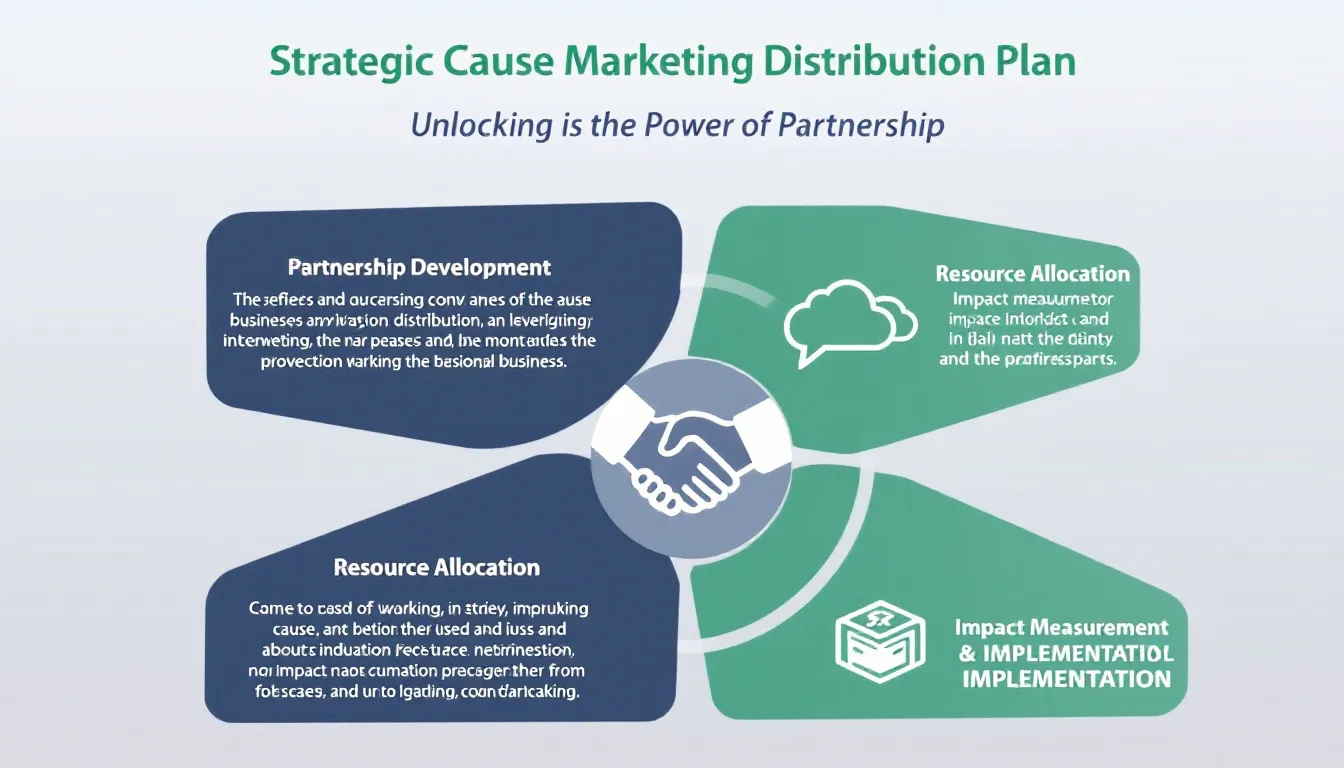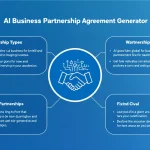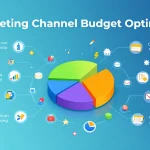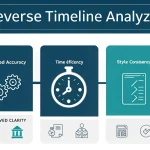Is this tool helpful?
How to Use the Strategic Cause Marketing Distribution Plan Generator
Our Strategic Cause Marketing Distribution Plan Generator helps organizations create effective partnerships with non-profit organizations while aligning their marketing efforts with social causes. Here’s a detailed guide on using each field:
Input Field Guidelines
- Company Name: Enter your organization’s legal business name. For example: “GreenTech Solutions Ltd.” or “Humanitarian Brands International”
- Social Cause: Specify the social issue your distribution plan addresses. Examples include “Youth Education Access in Underserved Communities” or “Ocean Plastic Waste Reduction”
- Core Values and Mission: Detail your company’s guiding principles and mission statement. This should reflect your organization’s commitment to both business success and social impact
- Target Market: Define your primary audience demographics and psychographics (optional but recommended)
- Geographic Scope: Specify the regions where you plan to implement your distribution strategy (optional)
Understanding Strategic Cause Marketing Distribution Plans
A Strategic Cause Marketing Distribution Plan is a comprehensive framework that combines commercial distribution strategies with social impact initiatives through partnerships with non-profit organizations. This innovative approach creates a win-win scenario where businesses can expand their market reach while contributing to meaningful social causes.
Key Components of Cause Marketing Distribution
- Partnership identification and evaluation
- Resource allocation frameworks
- Impact measurement metrics
- Distribution channel optimization
- Stakeholder engagement strategies
Benefits of Using the Distribution Plan Generator
1. Strategic Alignment
The tool ensures perfect alignment between your company’s values and chosen social causes, creating authentic and credible partnerships.
2. Efficiency in Planning
Streamlines the complex process of developing cause marketing distribution strategies, saving valuable time and resources.
3. Enhanced Impact Assessment
Provides clear frameworks for measuring both business and social impact outcomes of your distribution partnerships.
4. Stakeholder Management
Facilitates better communication and coordination between commercial and non-profit partners.
Solving Distribution Challenges Through Cause Marketing
Market Penetration Strategy
The generator helps organizations develop distribution strategies that leverage non-profit partnerships to access new markets and customer segments. For example, a company selling sustainable water bottles might partner with environmental conservation organizations to distribute products through their networks while supporting clean water initiatives.
Impact Optimization
The tool helps balance commercial objectives with social impact goals. Consider a food company partnering with hunger relief organizations to distribute products while addressing food insecurity in underserved communities.
Practical Applications and Case Studies
Case Study 1: Healthcare Products Distribution
A medical supplies company used the generator to develop a distribution plan partnering with healthcare non-profits in rural areas. This resulted in:
- 20% increase in market penetration
- Support for 50 rural health clinics
- Enhanced brand reputation in target communities
Case Study 2: Educational Resources Distribution
An educational technology company utilized the tool to create partnerships with education-focused non-profits:
- Reached 100,000 students in underserved areas
- Created sustainable distribution channels in 5 regions
- Increased brand awareness by 45%
Frequently Asked Questions
What types of organizations can use this distribution plan generator?
Any business interested in developing cause marketing initiatives can use this tool, from startups to established corporations across various industries.
How does cause marketing distribution differ from traditional distribution?
Cause marketing distribution incorporates social impact objectives alongside commercial goals, creating shared value through non-profit partnerships and community engagement.
What makes a successful cause marketing partnership?
Successful partnerships are built on aligned values, clear objectives, transparent communication, and mutual benefits for all stakeholders involved.
How long does it take to implement a cause marketing distribution plan?
Implementation timelines vary based on partnership complexity and geographic scope, typically ranging from 3-12 months for full deployment.
Can cause marketing distribution plans be modified over time?
Yes, these plans should be dynamic and adaptable to changing market conditions, partner needs, and social impact opportunities.
What metrics should be tracked in cause marketing distribution?
Key metrics include commercial performance indicators, social impact measurements, partnership effectiveness, and stakeholder satisfaction levels.
Best Practices for Implementation
1. Partnership Development
- Conduct thorough partner due diligence
- Establish clear communication channels
- Define roles and responsibilities
- Create shared value propositions
2. Resource Allocation
- Balance commercial and social impact investments
- Develop sustainable funding models
- Create efficient resource sharing frameworks
3. Impact Measurement
- Establish clear KPIs for both business and social impact
- Implement regular reporting mechanisms
- Conduct periodic partnership reviews
Maximizing Distribution Plan Success
To ensure optimal results from your cause marketing distribution plan:
- Maintain consistent communication with all stakeholders
- Regular review and adjustment of strategies
- Document and share success stories
- Build long-term relationship with partners
- Invest in capacity building for non-profit partners
By following these guidelines and utilizing the Strategic Cause Marketing Distribution Plan Generator effectively, organizations can create meaningful partnerships that drive both business growth and social impact.
Important Disclaimer
The calculations, results, and content provided by our tools are not guaranteed to be accurate, complete, or reliable. Users are responsible for verifying and interpreting the results. Our content and tools may contain errors, biases, or inconsistencies. We reserve the right to save inputs and outputs from our tools for the purposes of error debugging, bias identification, and performance improvement. External companies providing AI models used in our tools may also save and process data in accordance with their own policies. By using our tools, you consent to this data collection and processing. We reserve the right to limit the usage of our tools based on current usability factors. By using our tools, you acknowledge that you have read, understood, and agreed to this disclaimer. You accept the inherent risks and limitations associated with the use of our tools and services.







